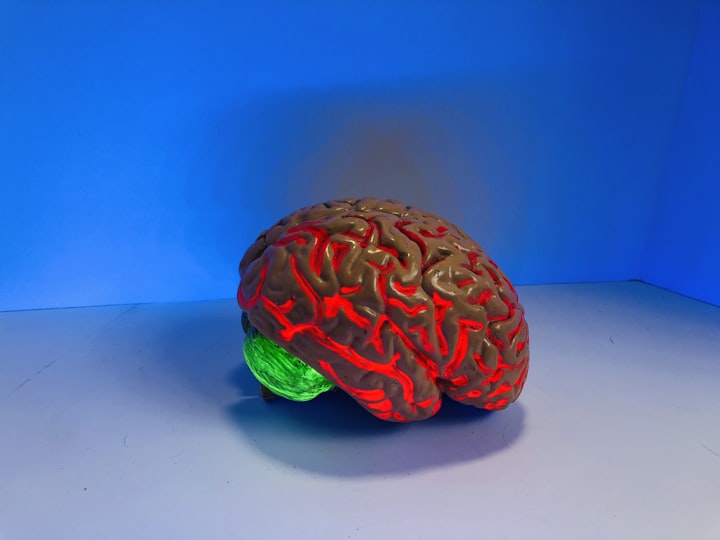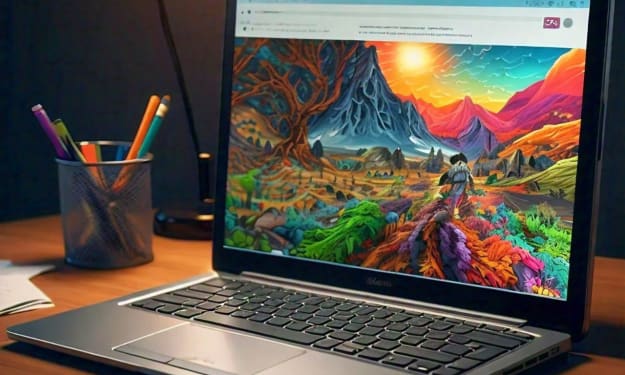As our world becomes more digitized and connected, protecting our personal information and digital assets has become a more pressing concern than ever before. Cybersecurity is a crucial part of our lives, and knowing how to protect ourselves from cyber threats can be the difference between staying safe and becoming a victim.
In this article, we will discuss the key concepts of cybersecurity, techniques to protect yourself from cyber attacks, cybersecurity tools and technologies, how organizations can protect themselves, and future trends in cybersecurity that might affect the way we protect ourselves online.

To understand cybersecurity, we need to be familiar with some of the common terminologies and concepts. In general, cybersecurity refers to practices, technologies, and techniques that are used to protect electronic devices, internet-connected systems, and networks from attacks, theft, and damage. These attacks can be launched by individuals, organizations, or even governments who have different motivations, such as financial gain, political influence, or just pure mischief.
There are different types of cyber threats, including viruses, malware, phishing, ransomware, and DDoS attacks, among others. Cyber attackers can also come in many forms, ranging from amateur hackers to well-funded organized crime syndicates or nation-state actors. And the victims of these attacks can be individuals, governments, or businesses, regardless of size or location.

To minimize the risks of cyber attacks, there are some simple techniques that we can all adopt. These include safe internet browsing guidelines, password management best practices, two-factor authentication (2FA), securing personal information and data backup, and avoiding phishing and social engineering attacks.
One of the most important things to remember is to always keep your software and devices up to date with the latest security patches and updates. Using outdated software or devices is one of the most common ways cyber attackers can gain access to your system.
Another effective way to protect ourselves is to use strong, unique passwords for different accounts, and never reuse them. Using a password manager can be helpful in generating and storing strong passwords.

Two-factor authentication adds an extra layer of security to your accounts, requiring a second factor (such as a text message or a biometric scan) in addition to your password when logging in.
Phishing and social engineering attacks are common methods used by cybercriminals to steal personal information and data. To avoid falling prey to such attacks, we need to be vigilant and cautious when opening emails or clicking on links from unknown sources, or if the message seems too good to be true.

There are different cybersecurity tools and technologies that can help us protect our digital lives. These include firewalls, antivirus and anti-malware software, virtual private networks (VPNs), secure socket layer (SSL) encryption, blockchain technology, and AI and machine learning.
Firewalls act as barriers between your system and the internet, filtering out incoming and outgoing traffic to prevent unauthorized access. Antivirus and anti-malware software can detect and remove malicious software from your system.

VPNs can encrypt your internet traffic and hide your IP address, making it more difficult for cyber attackers to intercept your data. SSL encryption can protect your confidential information when sending it over the internet, such as when you make a purchase or log in to a website.
Blockchain technology can be used to secure transactions and decentralized apps, such as cryptocurrency wallets. AI and machine learning can help detect and prevent cyber attacks by learning from patterns and anomalies in data.
In addition to protecting ourselves as individuals, organizations also need to adopt cybersecurity best practices. This includes establishing cybersecurity policies and procedures, implementing incident response plans, and providing cybersecurity training to all employees.
Employees can be the weakest link in an organization's cybersecurity defense, so it's important to train them to identify and report suspicious activities. Organizations can also limit access to their systems and networks by using role-based access controls and network segmentation.

Cybersecurity insurance can also help mitigate the financial losses from cyber attacks, although it's not a substitute for proper cybersecurity practices.
The landscape of cybersecurity is constantly evolving, and we need to be prepared for new and emerging threats. Some of the future trends and innovations in cybersecurity include biometric authentication technologies, the impact of 5G networks on cybersecurity, quantum computing, and the growing role of AI and automation.
Biometric authentication, such as using fingerprints or facial recognition, can be a more secure alternative to passwords. 5G networks can offer faster speeds and more reliable connections, but they also present new security challenges.

Quantum computing can potentially break many of the encryption methods used to protect data today, so new quantum-resistant encryption methods will be needed. AI and automation can help detect and respond to cyber attacks in real-time, but they also present new challenges, such as how to ensure that the AI models are unbiased and transparent.
Cybersecurity is as important as ever, and we all need to take it seriously. By following simple best practices and adopting new technologies, we can protect ourselves and our organizations from cyber threats.
If you find my articles interesting, please consider leaving a ❤️, comment and Insight. Your support means a lot to me as a writer!
About the Creator
𝕽𝖔𝖞𝖆𝖑 𝕿𝖎𝖌𝖊𝖗
I am an author-poet who turns moments into multiverses. Nature, Human Behaviours, and Society Factors inspire me the most. If you find my articles interesting, please consider leaving a ❤️, comment and Insight.
Kindly Subscribe!
Enjoyed the story? Support the Creator.
Subscribe for free to receive all their stories in your feed. You could also pledge your support or give them a one-off tip, letting them know you appreciate their work.







Comments
There are no comments for this story
Be the first to respond and start the conversation.